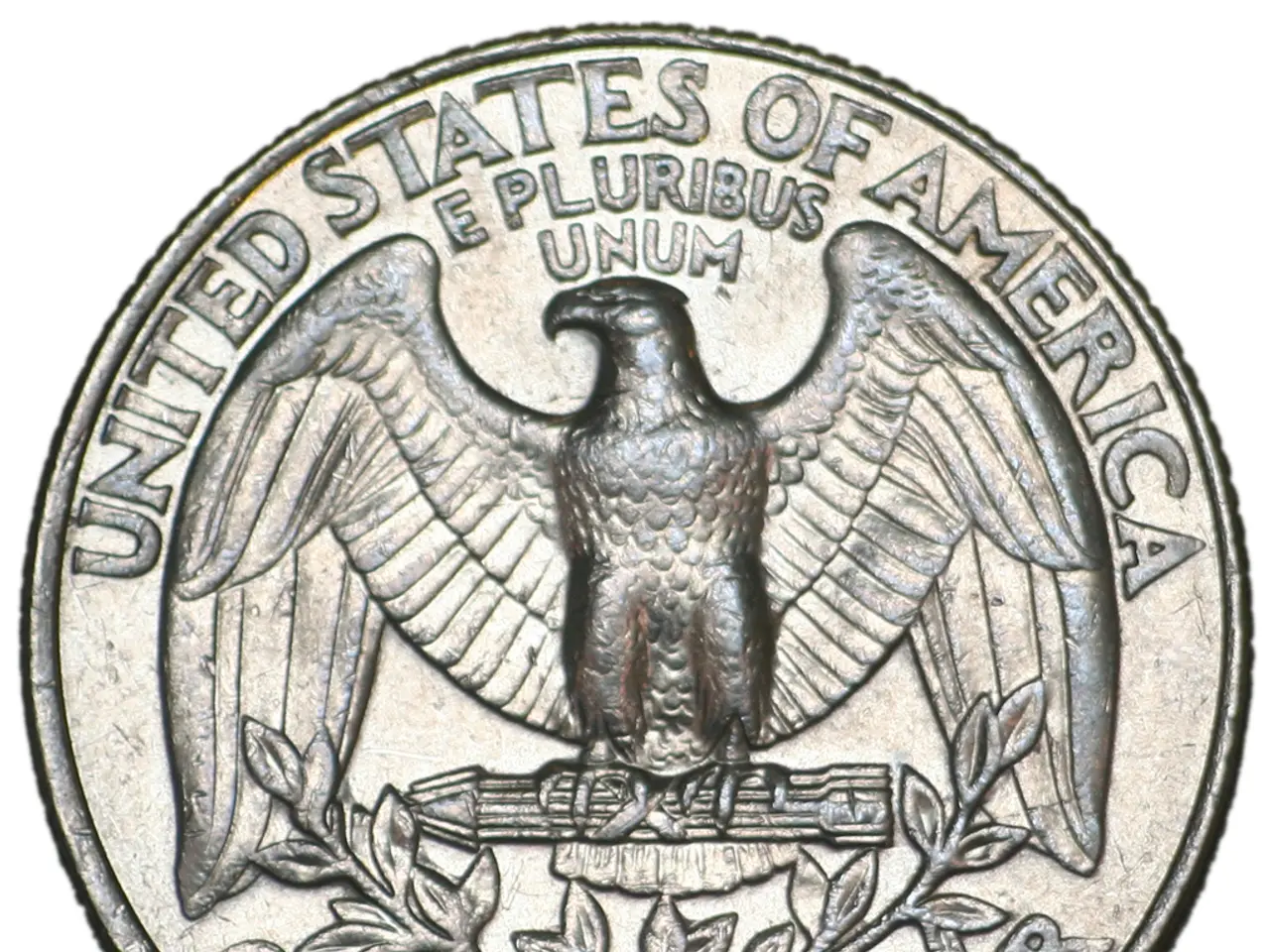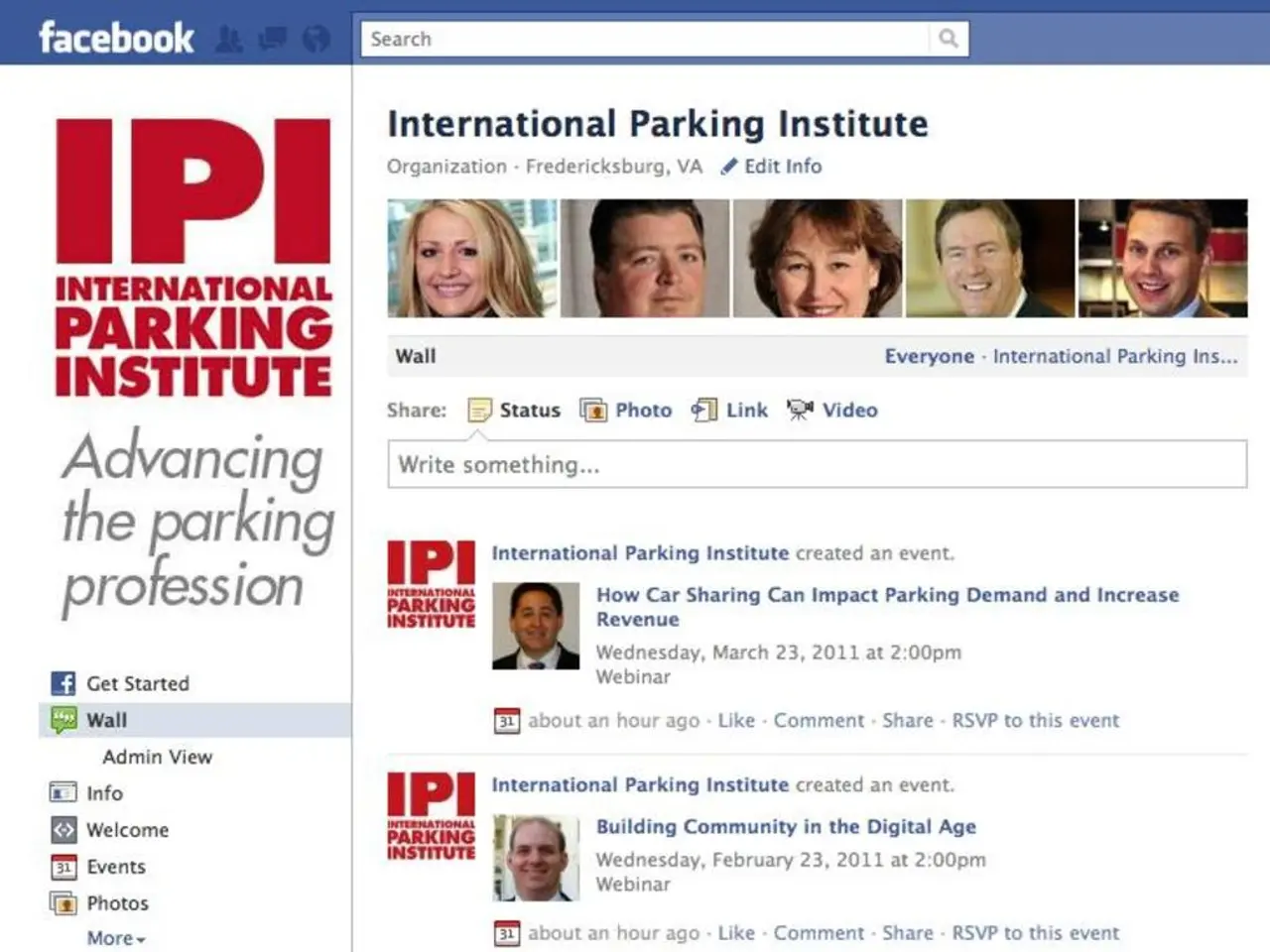Membrane Bioreactor Market Forecasted to Reach a Value of USD 8.2 Billion by 2034
Global Membrane Bioreactor (MBR) Market Poised for Significant Growth
The global Membrane Bioreactor (MBR) market is projected to experience substantial growth, expanding from approximately USD 3.8 billion in 2024 to USD 8.2 billion by 2034 [1][3]. Although a precise market size figure for 2034 specific to MBR alone was not explicitly stated, the overall bioreactor and membrane filtration markets show strong upward trends, indicating the MBR segment will follow this pattern.
Driving Forces Behind MBR Market Growth
Several key factors are fueling the growth of the MBR market. First and foremost is the increasing water pollution and contamination levels, which spur demand for advanced wastewater treatment technologies like MBR to provide cleaner and safer water [1].
Technological innovations in MBR design and operation are another major driver, enhancing efficiency, reducing operational costs, and improving wastewater treatment quality, helping these systems meet stricter environmental regulations [1][2].
Growing regulatory pressures and environmental awareness, particularly concerning wastewater discharge standards, are also driving the adoption of MBR systems in both municipal and industrial sectors [2].
The rising emphasis on sustainability and resource recovery is another significant factor. MBR technology enables advanced treatment that allows water reuse and nutrient removal, making it an essential solution for environmentally sensitive areas, including marine vessels and industrial plants [2].
MBR technology is also expanding across various industries, such as municipal wastewater treatment, industrial wastewater management, and increasing applications in food, beverage, and pharmaceuticals, which rely on the efficiency and scalability of membrane bioreactor systems [1][3].
Notable Projects and Investments
In India, the Delhi Jal Board's 564 MLD sewage treatment plant, incorporating advanced MBR or similar membrane systems, is set to reduce untreated effluent in the Yamuna River.
The EU has dedicated €90 billion to meet water and waste infrastructure needs for climate and energy goals, reinforcing MBR adoption [4].
Scalability and Emerging Opportunities
With over 182 large-scale MBR systems, each treating more than 5,000 m3/day, demonstrating the technology's scalability for process water reuse and zero-liquid discharge, the potential for MBR growth is immense [2].
Emerging opportunities lie in energy optimization and hybrid systems, such as MBR integration with forward osmosis, membrane distillation, and desalination [3].
In conclusion, while an exact dollar figure for the global MBR market by 2034 is not provided, the market is expected to grow substantially, fueled by environmental challenges, evolving regulations, and technological advancements that enhance MBR's effectiveness and adoption across a variety of sectors [1][2][3].
[1] Global Membrane Bioreactor (MBR) Market Size, Share & Trends Analysis Report By Application (Municipal Wastewater Treatment, Industrial Wastewater Management, Food & Beverages, Pharmaceuticals), By Region, And Segment Forecasts, 2024 - 2034. Grand View Research, Inc. (2021).
[2] Membrane Bioreactor (MBR) Market Size, Share & Trends Analysis Report By Application (Municipal Wastewater Treatment, Industrial Wastewater Management, Food & Beverages, Pharmaceuticals), By Region, And Segment Forecasts, 2024 - 2034. Allied Market Research (2021).
[3] Membrane Bioreactor (MBR) Market Research Report: By Type (Submerged MBR, Sidestream MBR, Integrated MBR), By Application (Municipal Wastewater Treatment, Industrial Wastewater Treatment, Reuse Water Treatment), By Region (North America, Europe, Asia Pacific, Latin America, Middle East & Africa), and Forecast, 2023-2032. Fortune Business Insights (2022).
[4] European Investment Bank to provide €90 billion for climate, energy, and circular economy projects. European Investment Bank (2021).
- The growth of the Membrane Bioreactor (MBR) market is being driven by the rising emphasis on sustainable environmental practices, particularly in wastewater treatment, as well as the recovery of resources.
- Advancements in MBR technology are making it increasingly efficient, cost-effective, and capable of meeting stricter environmental regulations, fueling its adoption in industries such as food, beverage, and pharmaceuticals.
- The increasing availability of funding for water and waste infrastructure projects, such as the €90 billion investment by the EU, is set to reinforce the adoption of MBR technology.
- Opportunities for growth in the MBR market lie in energy optimization and the integration of hybrid systems, such as MBR alongside forward osmosis, membrane distillation, and desalination.




